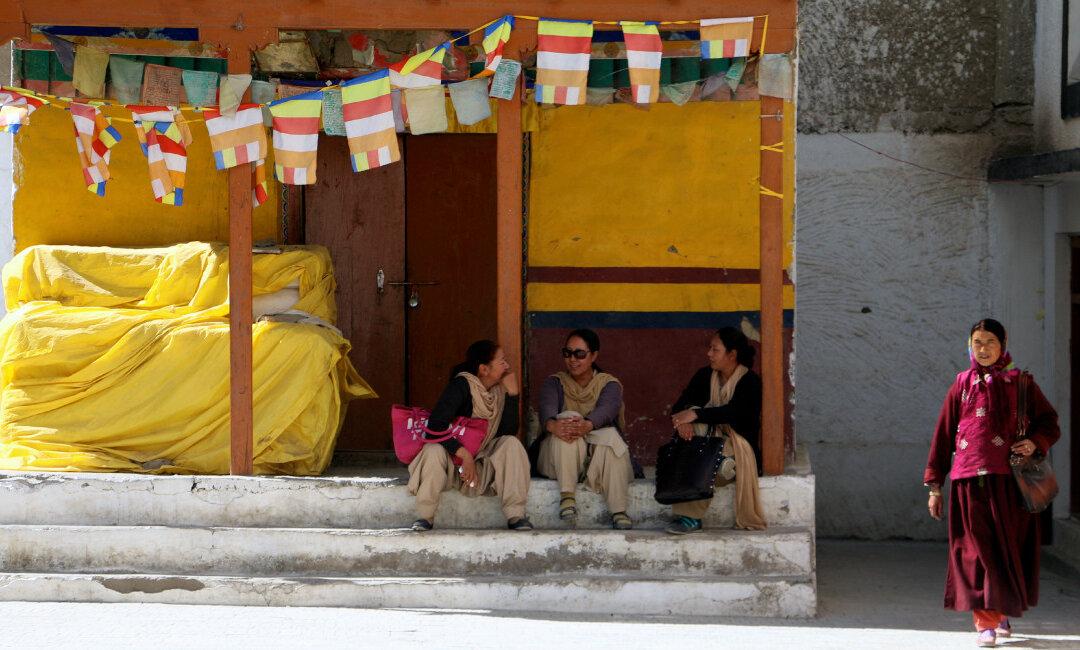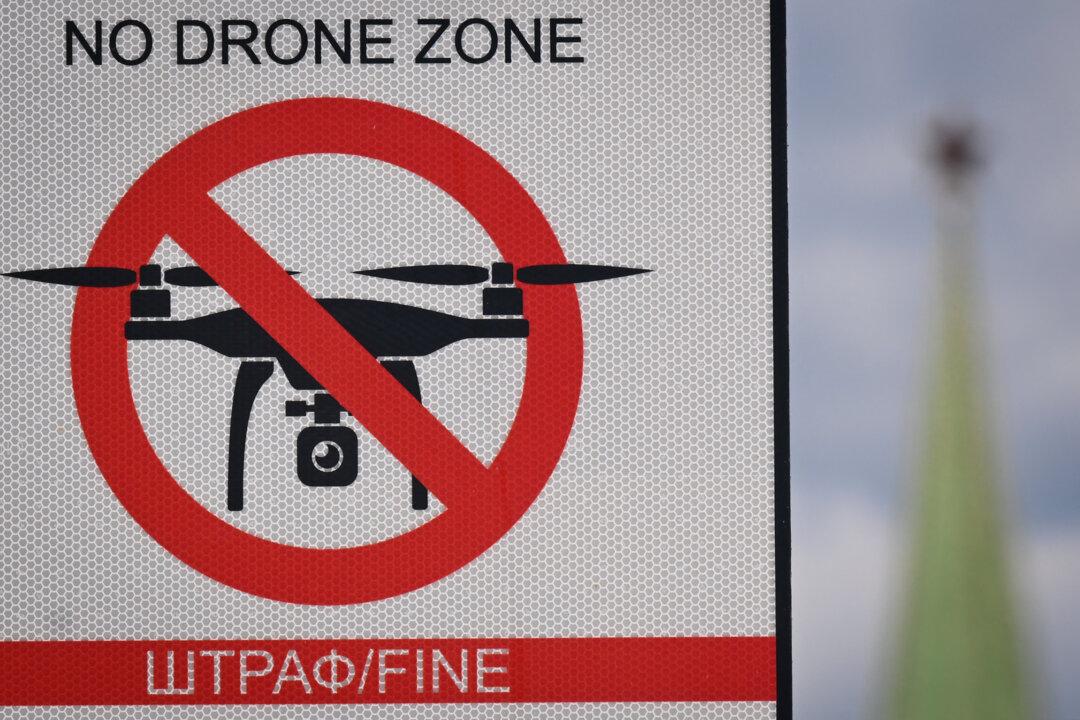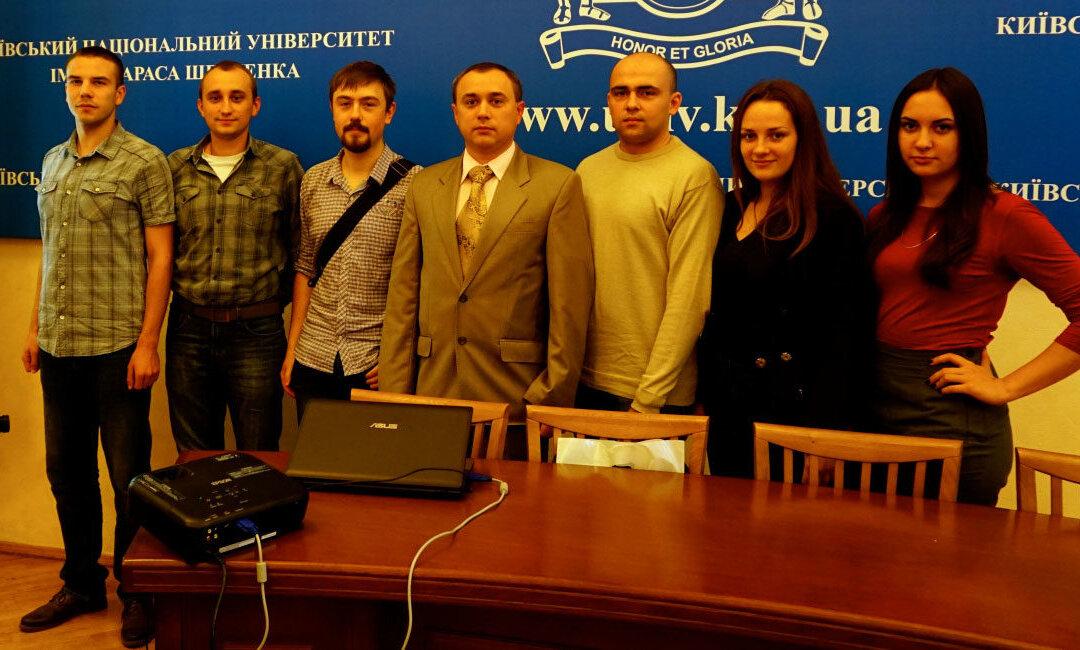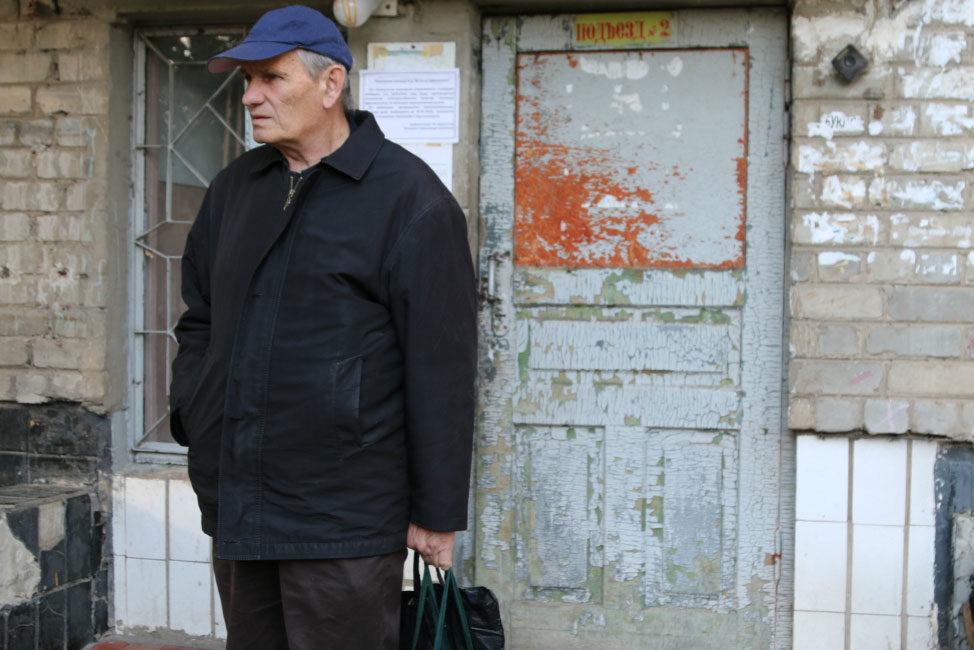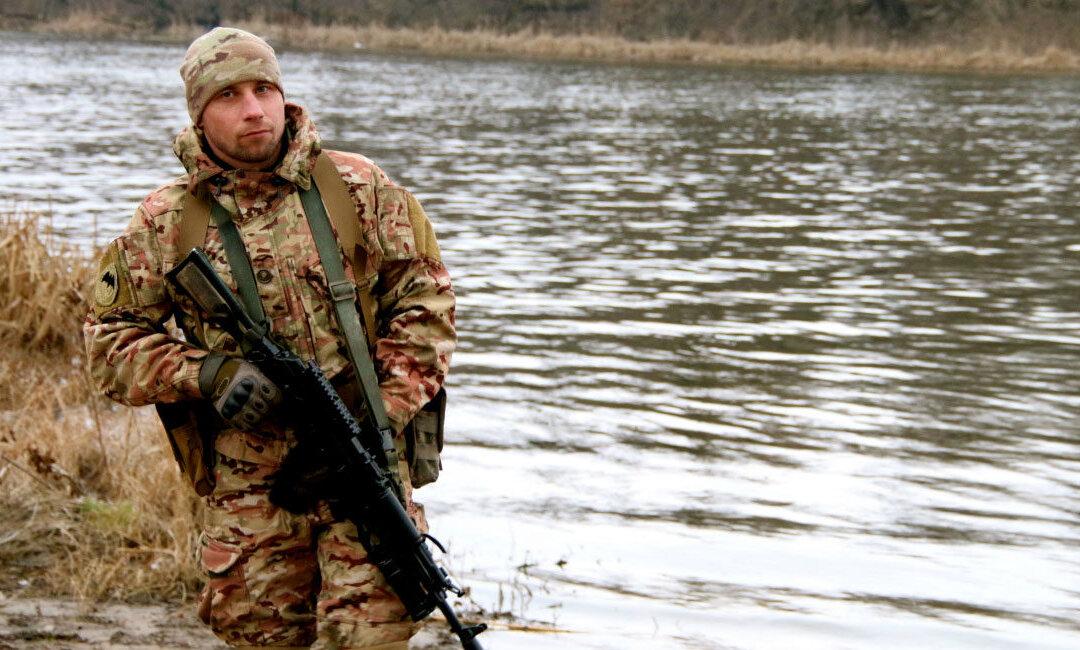NEW DELHI, India—The Majnu Ka Tilla Tibetan refugee colony in New Delhi is a chaotic neighborhood of narrow alleys and shanty concrete structures packed into a thin strip of land between National Highway 9 and the Yamuna River.
The refugee colony was founded in the 1960s to consolidate Tibetan refugee communities around India’s capital into one location. Today, about 3,000 Tibetans live in Majnu Ka Tilla.
Tibetan restaurants, guesthouses, street food vendors and craft stands line the narrow streets, which are clogged with rickshaws, beggars, stray dogs, and women carrying impossible loads on the tops of their heads.

The Majnu Ka Tilla refugee colony was created in the 1960s to consolidate Tibetan refugee settlements around New Delhi. Nolan Peterson/The Daily Signal
